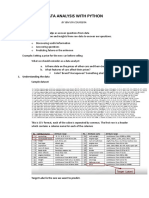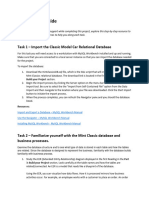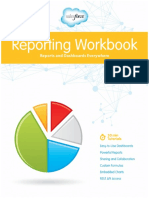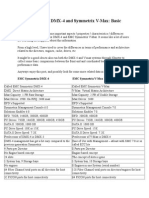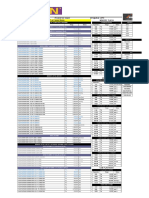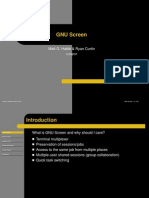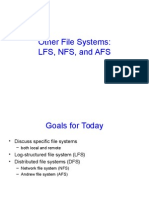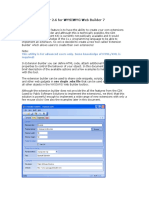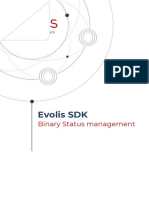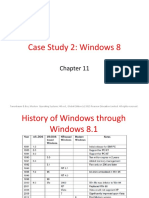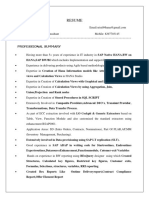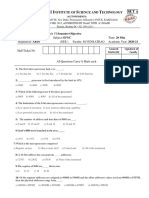0% found this document useful (0 votes)
364 views8 pagesHow To Create Custom Report in Frappe?
This guide details the process of creating custom reports in the Frappe Framework, covering Script Reports, Query Reports, and Report Builder. It includes step-by-step instructions, file structures, and code examples for each report type, along with best practices and advanced features. The document emphasizes the flexibility of Script Reports using Python and the simplicity of Query Reports using SQL.
Uploaded by
fifakib168Copyright
© © All Rights Reserved
We take content rights seriously. If you suspect this is your content, claim it here.
Available Formats
Download as PDF, TXT or read online on Scribd
0% found this document useful (0 votes)
364 views8 pagesHow To Create Custom Report in Frappe?
This guide details the process of creating custom reports in the Frappe Framework, covering Script Reports, Query Reports, and Report Builder. It includes step-by-step instructions, file structures, and code examples for each report type, along with best practices and advanced features. The document emphasizes the flexibility of Script Reports using Python and the simplicity of Query Reports using SQL.
Uploaded by
fifakib168Copyright
© © All Rights Reserved
We take content rights seriously. If you suspect this is your content, claim it here.
Available Formats
Download as PDF, TXT or read online on Scribd
/ 8




















